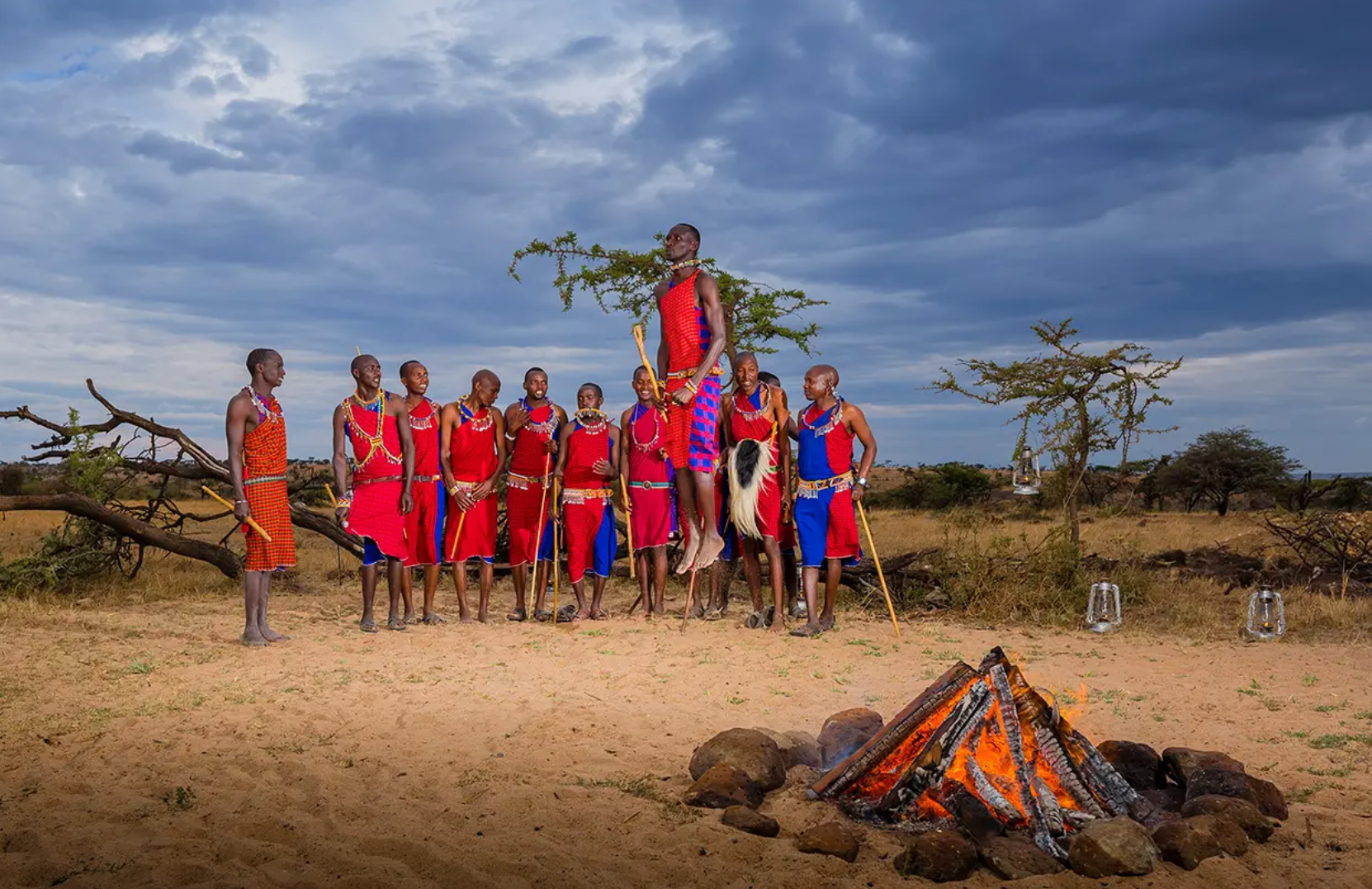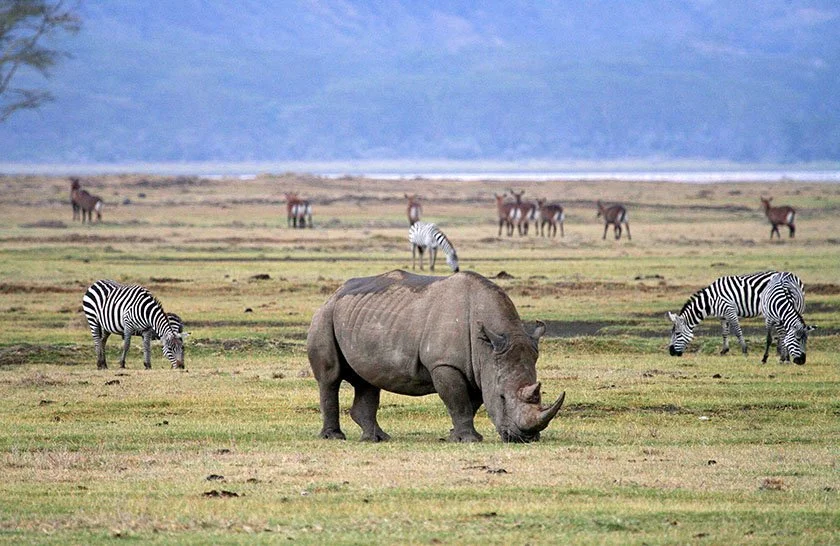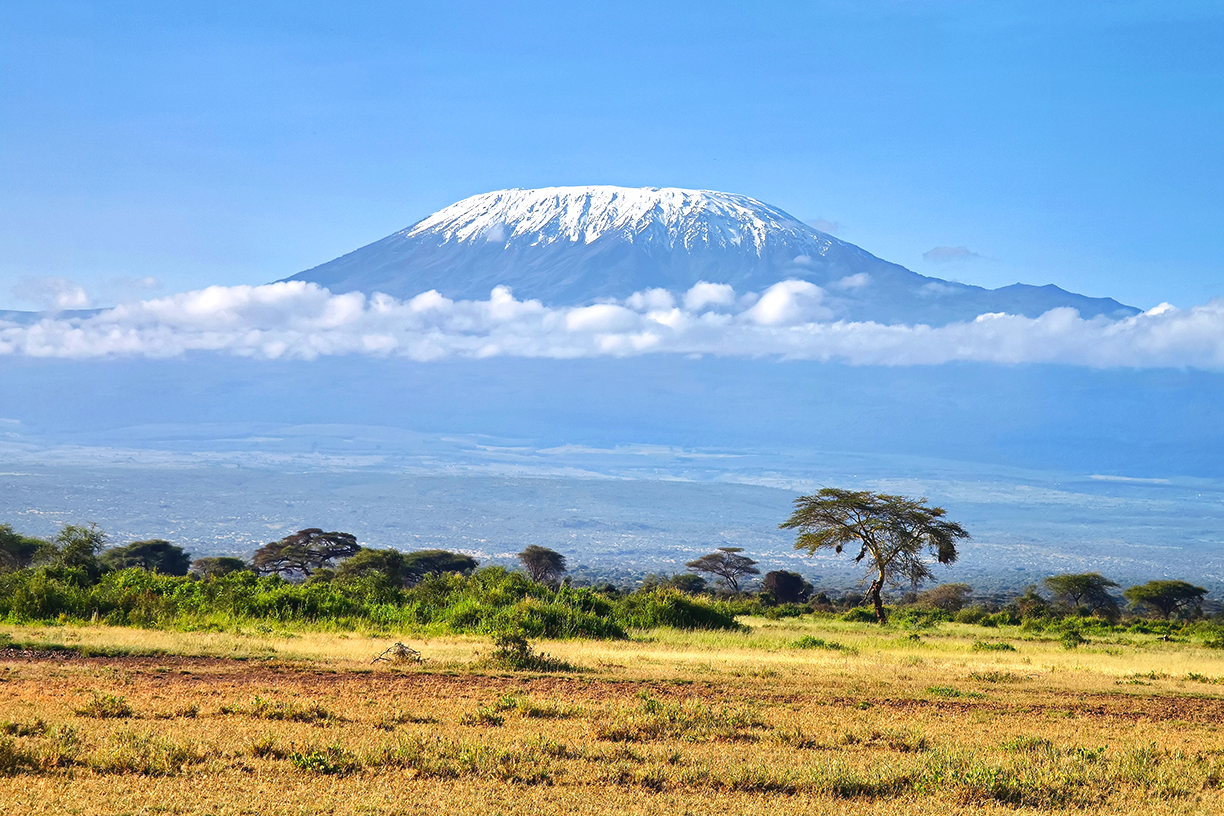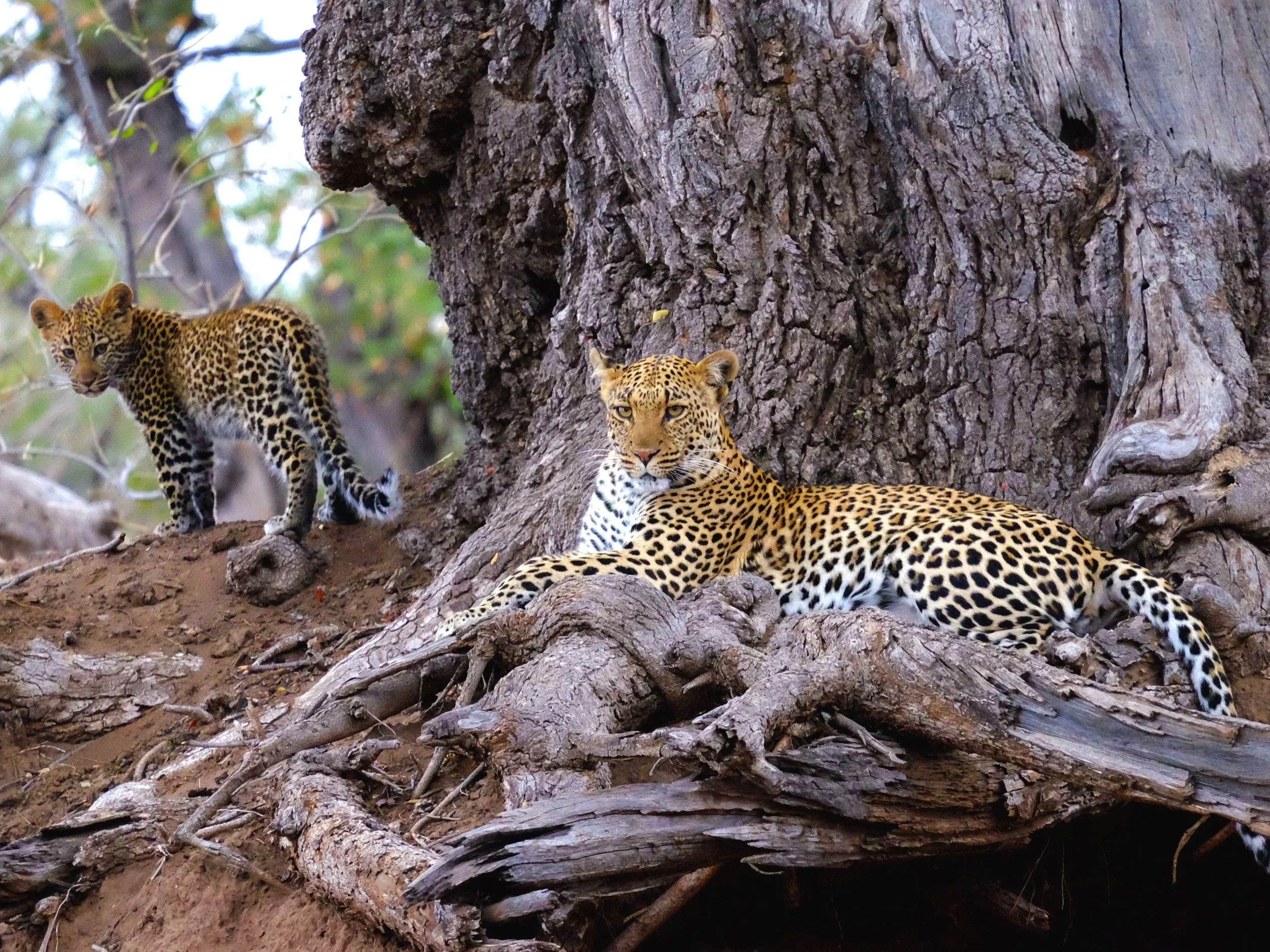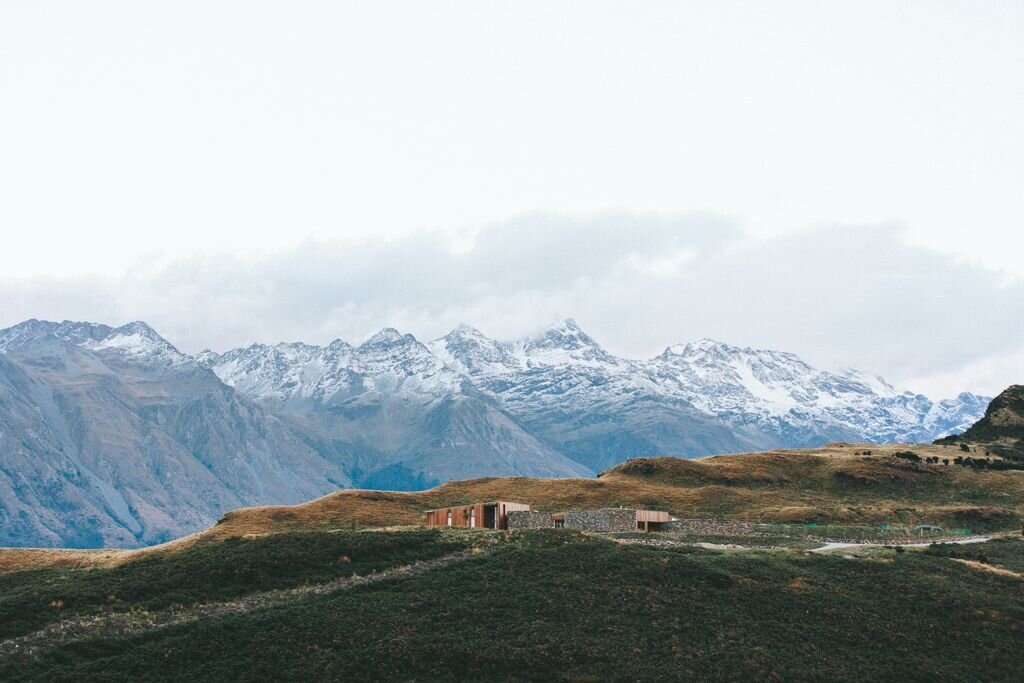
WELCOME (KARIBU)!..
Let Your Adventure Begin Here with better experience and quality safaris services from Ngabi tours.
We are Happy To show you the beauty of Tanzania
-
Northern Tanzania's primary tourist attractions are its world-renowned national parks and historical sites, including the Serengeti, Ngorongoro Crater, Mount Kilimanjaro, and Lake Manyara National Park, famed for wildlife viewing, the annual Great Migration, and unique landscapes. Other attractions include Tarangire National Park for elephant herds, the ancient human history at Olduvai Gorge, and the cultural experiences with the Maasai people.
-
Southern Tanzania is known for its pristine, crowd-free wilderness, with top attractions including Nyerere National Park (formerly Selous) for boat safaris and large wildlife, Ruaha National Park for large elephant herds and river safaris, and Udzungwa Mountains National Park for unique hiking and biodiversity. Other highlights include the historical ruins of Kilwaand Bagamoyo, the unique Saadani National Parkwhere wildlife meets the ocean, and the Mafia Islandfor whale shark encounters.
-
Zanzibar offers both water-based excursions like the popular Safari Blue Tour, which includes snorkeling, a seafood BBQ, and visiting sandbanks, and land-based safaris to the mainland from the island to national parks such as Mikumi National Park and Nyerere National Park (formerly Selous Game Reserve). Other attractions include Jozani Forest for red colobus monkeys, a tour of Stone Town, and the Zanzibar Seaweed Centre
Let us turn your journey into a story worth telling. In select areas like Arusha National Park, you can experience walking safaris, offering a unique perspective on the wilderness.
Let the great migration in this dynamic ecosystem move you.
It’s the only place where you can witness millions of migrating wildebeest over the Acacia plains, it’s the cradle of human life, and probably the closest to an untouched African wilderness you will ever get: welcome to Serengeti National Park.
Where time seems to stand still, despite the thousands of animals constantly on the move.
SERENGETI NATIONAL PARK
The greatest wildlife
The Serengeti National Park is a large national park in northern Tanzania that stretches over 14,763 km2 (5,700 sq mi).[1] It is located in eastern Mara Region and northeastern Simiyu Region and contains over 15,000 km2.
The Serengeti is well known for the largest annual animal migration in the world of over 1.5 million western white-bearded wildebeest and 250,000 Grant's zebra, along with between 400-500,000 Thomson's gazelle and smaller herds of common eland.[2] The national park is also home to the largest lion population in Africa. It is under threat from deforestation, population growth, poaching, and ranching.
Today, most visitors come here with one aim alone: to witness millions of wildebeest, zebras, gazelles and elands on a mass trek to quench their thirst for water and eat fresh grass. During this great cyclical movement, these ungulates move around the ecosystem in a seasonal pattern, defined by rainfall and grass nutrients. These large herds of animals on the move can’t be witnessed anywhere else. Whereas other famous wildlife parks are fenced, the Serengeti is protected, but unfenced. Giving animals enough space to make their return journey, one that they’ve been doing for millions of years. Read more about the Great Migration.
Beyond Wildlife
Serengeti, this area has an incredibly long history of human occupation. Not only humans, but also human ancestors (Australopithecus afarensi) lived in this area for almost 4 million years. Today, Serengeti National Park is still home to several indigenous tribes. One of the most famous tribes is the Maasai: this tribe is unique and popular due to their long-preserved culture. Despite education, civilization and western cultural influences, the Maasai people have clung to their traditional way of life, making them a symbol of Tanzanian and Kenyan culture. Read more about the Maasai people.
Most travellers start their Serengeti safari adventure at either Kilimanjaro International Airport or bustling Arusha. From here you may either travel to your preferred lodge by means of a short transfer flight or by safari vehicle. It is also possible to combine the two and enjoy the best of both worlds!
NGORONGORO CONSERVATION AREA
The main feature of the Ngorongoro Conservation Area is the Ngorongoro Crater, the world's largest inactive, intact and unfilled volcanic caldera.[28] The crater, which formed when a large volcano erupted and collapsed on itself two to three million years ago, is 610 metres (2,000 feet) deep and its floor covers 260 square kilometres (100 square miles).[14][29] Estimates of the height of the original volcano range from 4,500 to 5,800 metres (2.8 to 3.6 miles) high.[29] The crater floor is 1,800 metres (5,900 feet) above sea level.[1] The crater was voted by Seven Natural Wonders[30] as one of the Seven Natural Wonders of Africa in Arusha, Tanzania, in February 2013.
Ngorongoro Crater is home to a population of about 25,000 large animals, mostly ungulates, alongside the highest density of mammalian predators in Africa including the densest known population of lion. Ngorongoro harbours a range of endangered species, such as the Black Rhino, Wild hunting dog and Golden Cat. It houses one of the largest animal migrations on earth, including over 1 million wildebeest, 72,000 zebras and 350,000 Thompson and Grant gazelles.
It is also a home to about 500 species of birds. The mix of forests, canyons, grassland, lakes and marshes forms an ideal habitat for an enormous variety of birds. During the rainy season you can see the arrival of Eurasian migrants at the open pools. White storks and Yellow wagtails mingle with the local inhabitants; stilts, saddle bill storks, ibis, ruff and various species of duck.
Dense Wildlife Population:
The Ngorongoro Crater is approximately 16 to 19 kilometres (10 to 12 miles) in diameter, and the height of its walls ranges between 400 and 610 metres (1,312 and 2,000 feet) – more than 1.5 times higher than the Empire State Building. There are a few calderas around the world, but the Ngorongoro Crater is unique because it's the biggest one with fully intact (unbroken) walls and hasn't filled up with water.
Other than being the biggest intact (unbroken) volcanic caldera on Earth, the Ngorongoro Crater is also a natural sanctuary for some of the densest populations of large mammals in Africa. Due to its enclosed nature, the Ngorongoro Crater has effectively formed its own ecosystem.
Ngorongoro Crater
MOUNT KILIMANJARO
Mount Kilimanjaro is a large dormant volcano in Tanzania. It is the highest mountain in Africa and the highest free-standing mountain above sea level in the world, at 5,895 m above sea level and 4,900 m above its plateau base.
Mount Kilimanjaro in northern Tanzania is a spectacular natural feature that's famous the world over. It has many notable and oft-repeated claims, but also some lesser-known traits and stories that are also fascinating.
Mount Kilimanjaro that holds the title of the highest free-standing mountain in the world.
Kilimanjaro is very popular with both experienced hikers and first time adventurers because it is considered to be the easiest of the seven summits.
ABOUT KILIMANJARO NATIONAL PARK
The wildlife of the property is important to the experience of Kilimanjaro, although the property is not inscribed in relation to biodiversity criteria. Pressures on elephant, buffalo and antelope, and logging in the Forest Reserve area, were noted as integrity concerns at the time of inscription. The park is connected to Amboseli National Park, however corridors to Arusha National Park and Tsavo National park have been encroached, impacting on wildlife migration.
Kilimanjaro National Park is home to a range of habitats and climatic zones that are home to a variety of wild creatures, and you may be able to see some of them when hiking to certain spots. The majority of visitors to Kilimanjaro National Park come to climb the mountain, so game viewing isn’t a priority. There are many fascinating and often unusual creatures on Kilimanjaro, but we recommend going on a Tanzania safari in one of the other big national parks if you want to see giant African mammals like the Big Five in Ngorongoro or Serengeti. There are enormous herds, predators galore, and even the Great Wildlife Migration to be found there.
Kilimanjaro National Park hosts wildlife primarily in its lower forest and montane zones, with species including elephants, buffalo, leopards, giraffes, and various monkeys like the blue and colobus monkeys. Higher altitudes on the mountain are generally less diverse, though some unique species such as the Kilimanjaro shrew, Abbott's Duiker, and various birds can be found.
MANYARA NATIONAL PARK
Lake Manyara National Park is a national park in Tanzania located between Lake Manyara and the Great Rift Valley in the Arusha and Manyara Regions. It is administered by the Tanzania National Parks Authority, and covers an area of 325 km² including about 230 km² lake surface.
The Park has remarkable attractions most notably the tree climbing lions, Marang' forest, hot spring, ground water forest, diversity of bird species and the rift valley. Plan your trip by visiting Lake Manyara National Park were you will get exceptional experience that quenches your travel thirst.
ECOLOGICAL DIVERSITY
Manyara National Park's forest ecosystem diversity results from its varied habitats, including groundwater forests, acacia woodlands, and wetlands, which support a wide array of unique flora and fauna. The dense groundwater forests, rich in fig and mahogany trees, are home to primates like baboons and blue monkeys and provide sanctuary for numerous bird species. These diverse forest environments, combined with the alkaline lake, grasslands, and hot springs, create a rich mosaic of habitats supporting both iconic large mammals and exceptional birdlife, making it a "microcosm of East Africa's biodiversity"



